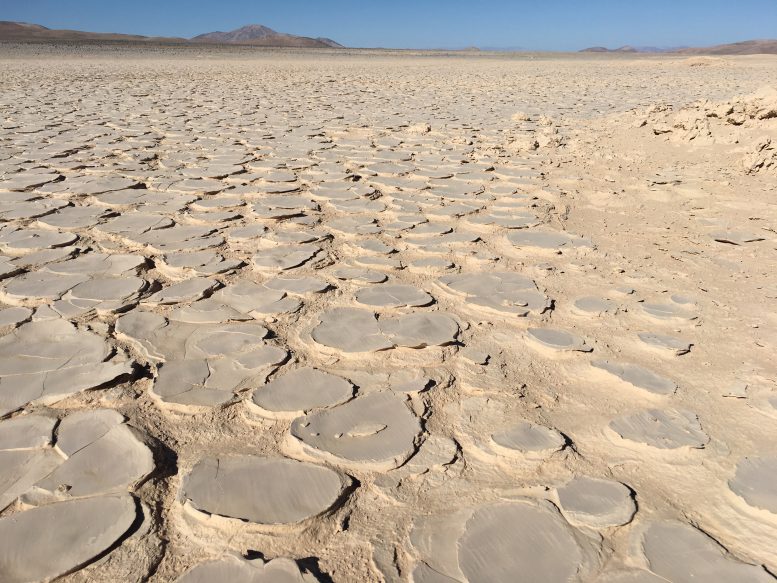
A study has uncovered microbial life deep under Chile’s Atacama Desert, indicating that similar subsurface environments on Mars could also harbor life, supported by materials like gypsum. Yungay Playa with typical dry cracks. Credit: Lucas Horstmann, GFZ-Potsdam
In a discovery with implications for the search for extraterrestrial life, scientists have uncovered microbial life 13 feet beneath the surface of the Atacama Desert, Earth’s most inhospitable desert. The Atacama Desert in northern Chile is the driest hot desert in the world. Higher life forms are almost entirely absent, but the hyper-arid soil, rich in salts and sulfates, does harbor bacteria.
The first 80 centimeters of soil is thought to be a possible refuge from harsh UV light, a place where some water might be found. But what of deeper horizons? Dirk Wagner and colleagues sought to extend understanding of the desert’s biota to the deep subsurface world. The authors dug more than four meters down in a playa of the Yungay Valley to collect soil samples.
The authors devised a novel extraction method to ensure that the sampled DNA was from living organisms. Loose DNA was first washed out, then DNA inside intact cells was extracted for sequencing. In the upper 80 cm of playa sediments, microbial communities were dominated by Firmicutes. Below 200 cm, a different microbial community was discovered, dominated by Actinobacteria.
Some bacteria showed genetic similarity to Geodermatophilus pulveris and Modestobacter caceresii. The authors suggest that this community might have colonized the soil 19,000 years ago, before being buried by playa deposits, and hypothesize that the community could continue downwards for an indefinite distance, representing a previously unknown deep biosphere under hyper-arid desert soils.
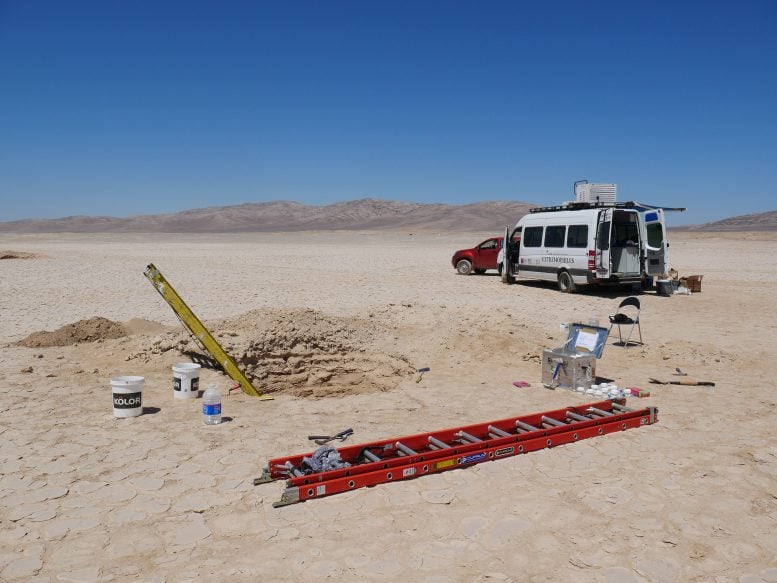
Study site in the Yungay-Playa: The excavated profile pit and the laboratory trolley of the University of Antofagasta. Credit: L. Horstmann, GFZ
The deep bacterial community possibly relies on gypsum for water. The authors note that Mars also has gypsum deposits, which could theoretically serve as a source of water for microbial life.
Reference: “Persistent microbial communities in hyperarid subsurface habitats of the Atacama Desert: Insights from intracellular DNA analysis” by Lucas Horstmann, Daniel Lipus, Alexander Bartholomäus, Felix Arens, Alessandro Airo, Lars Ganzert, Pedro Zamorano, Dirk Schulze-Makuch and Dirk Wagner, 23 April 2024, PNAS Nexus.
DOI: 10.1093/pnasnexus/pgae123

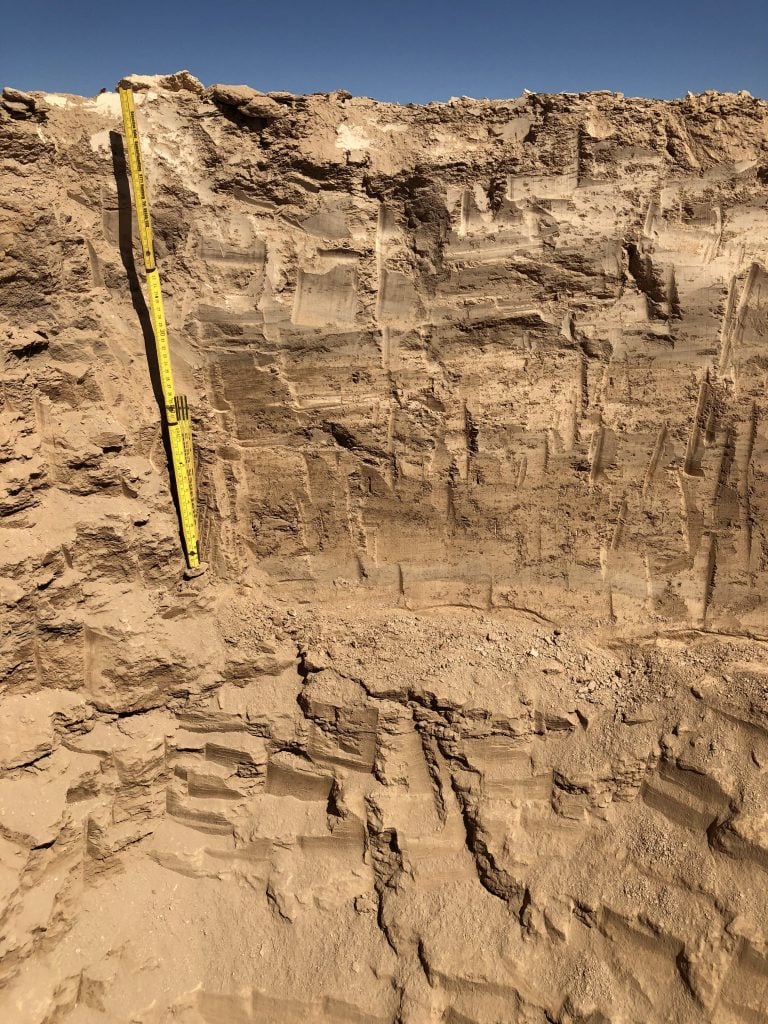
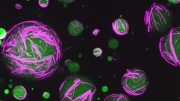
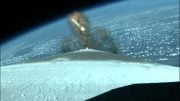


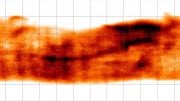


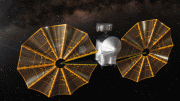
I would have been more surprised if they had not found life down there.